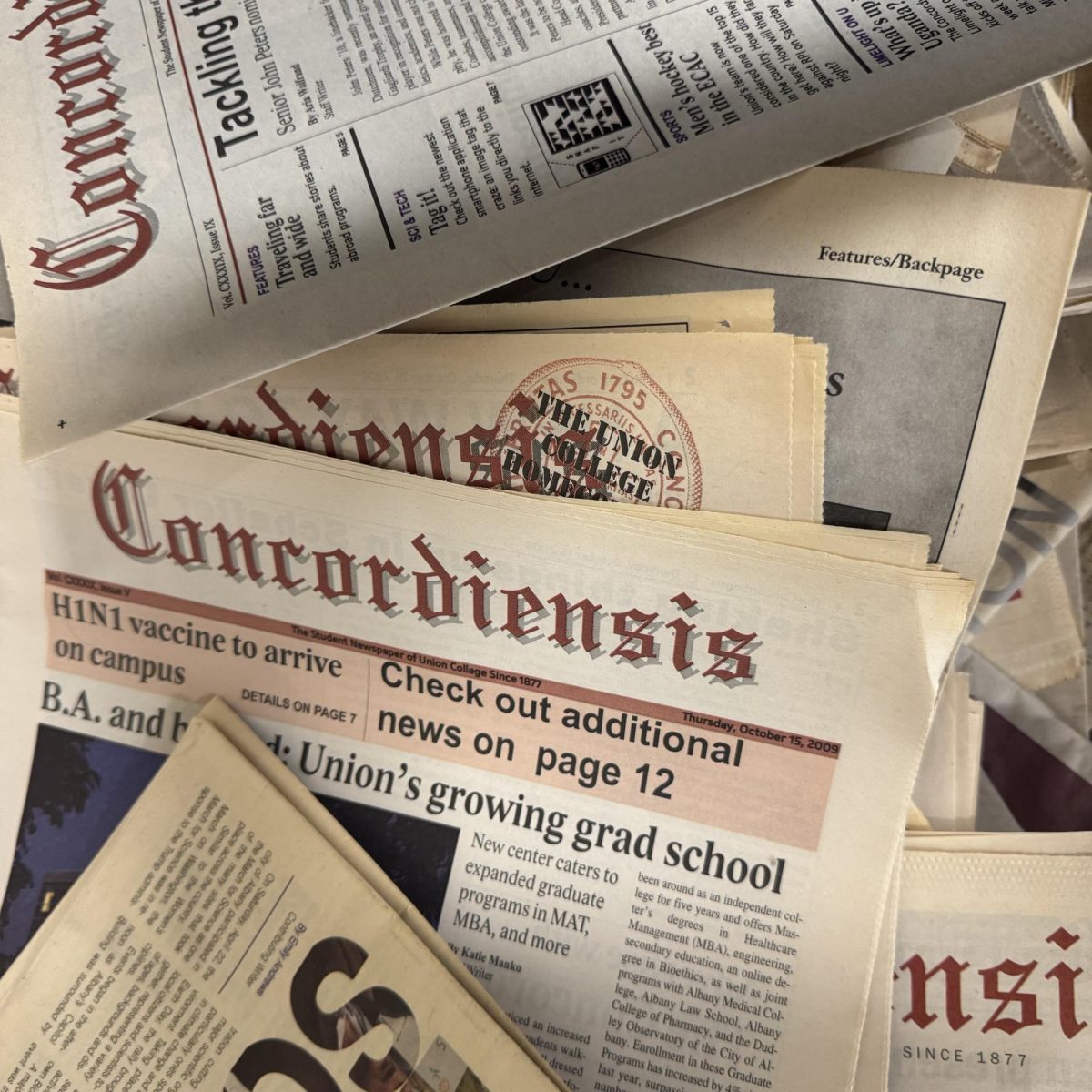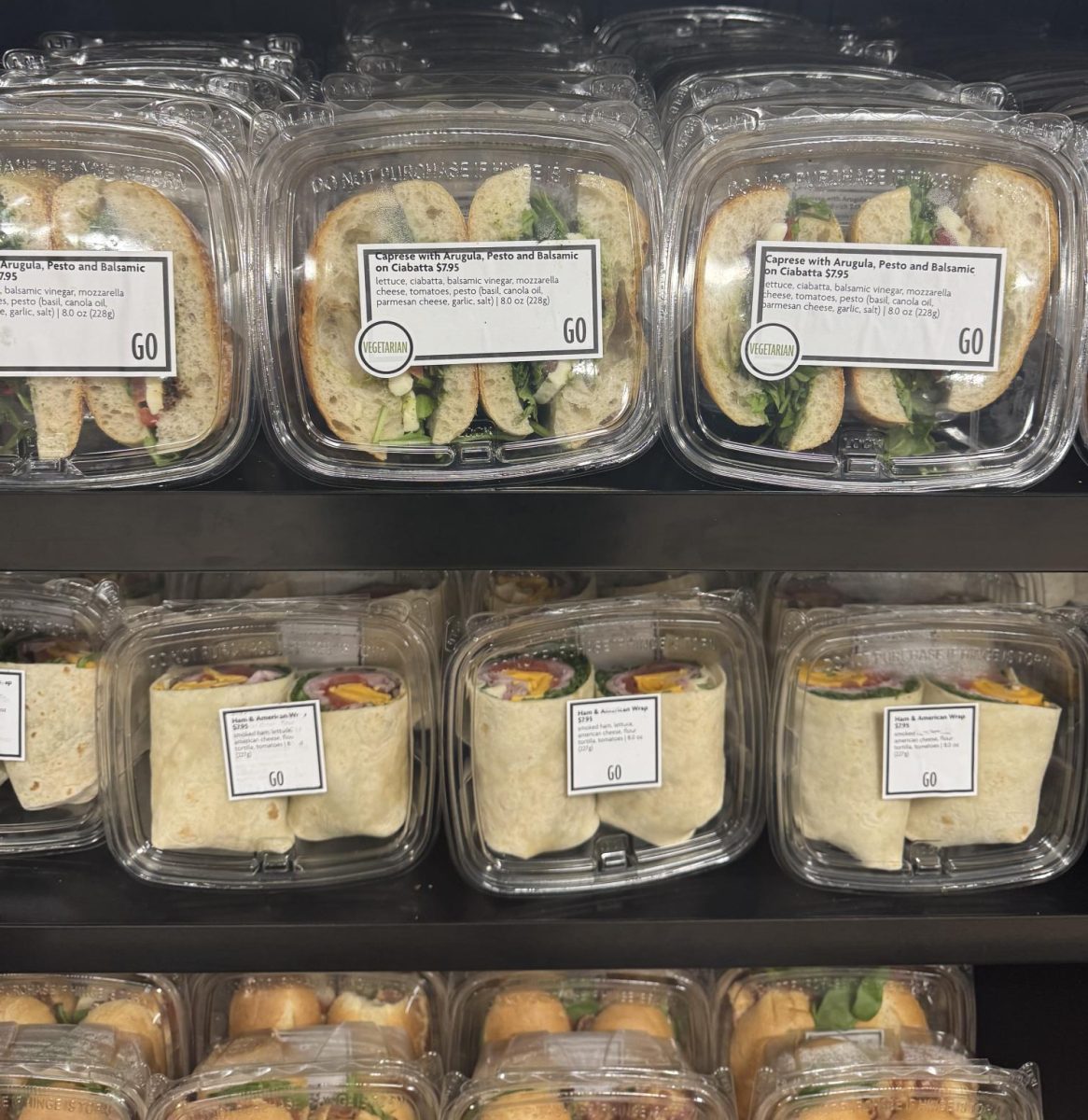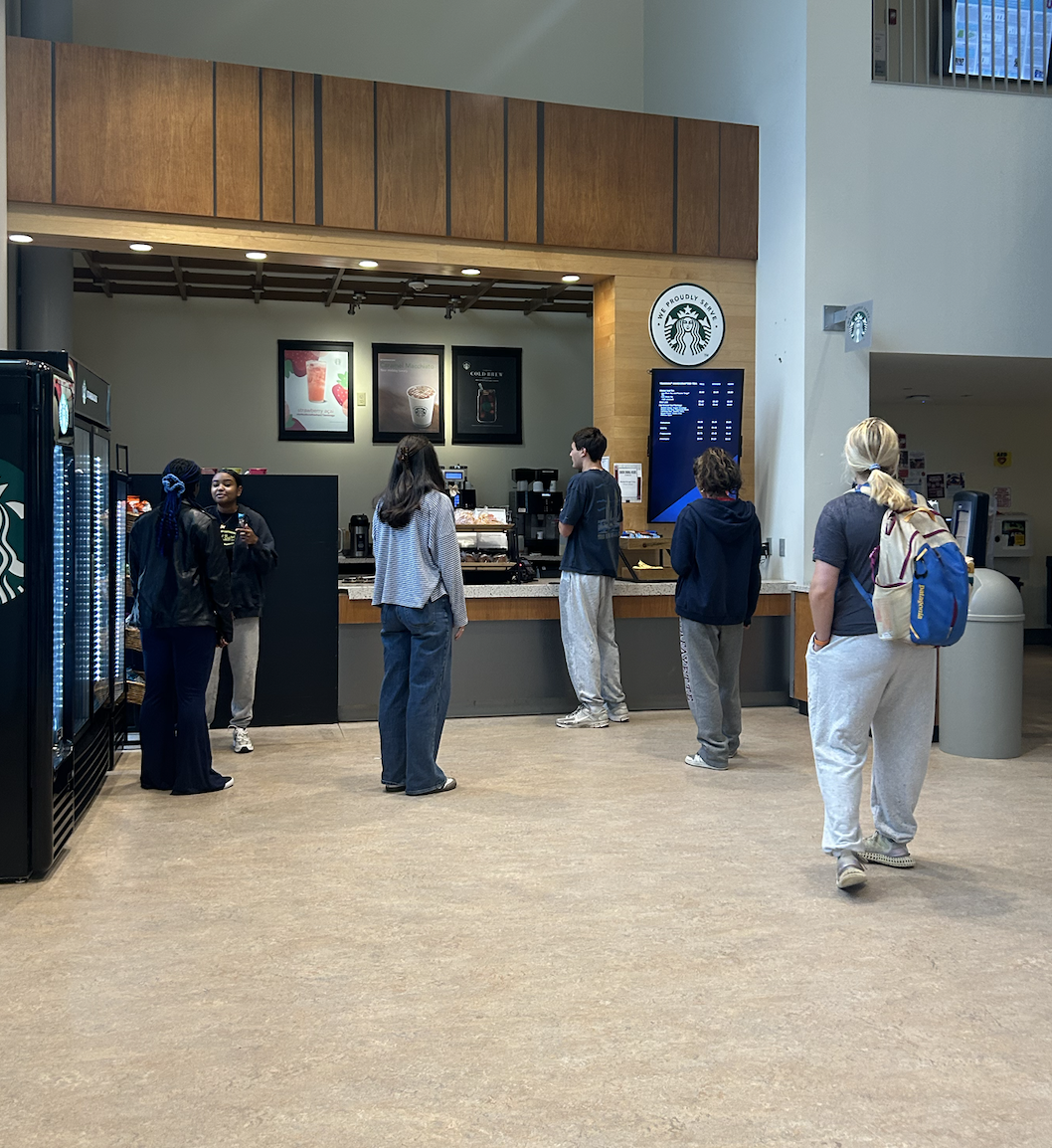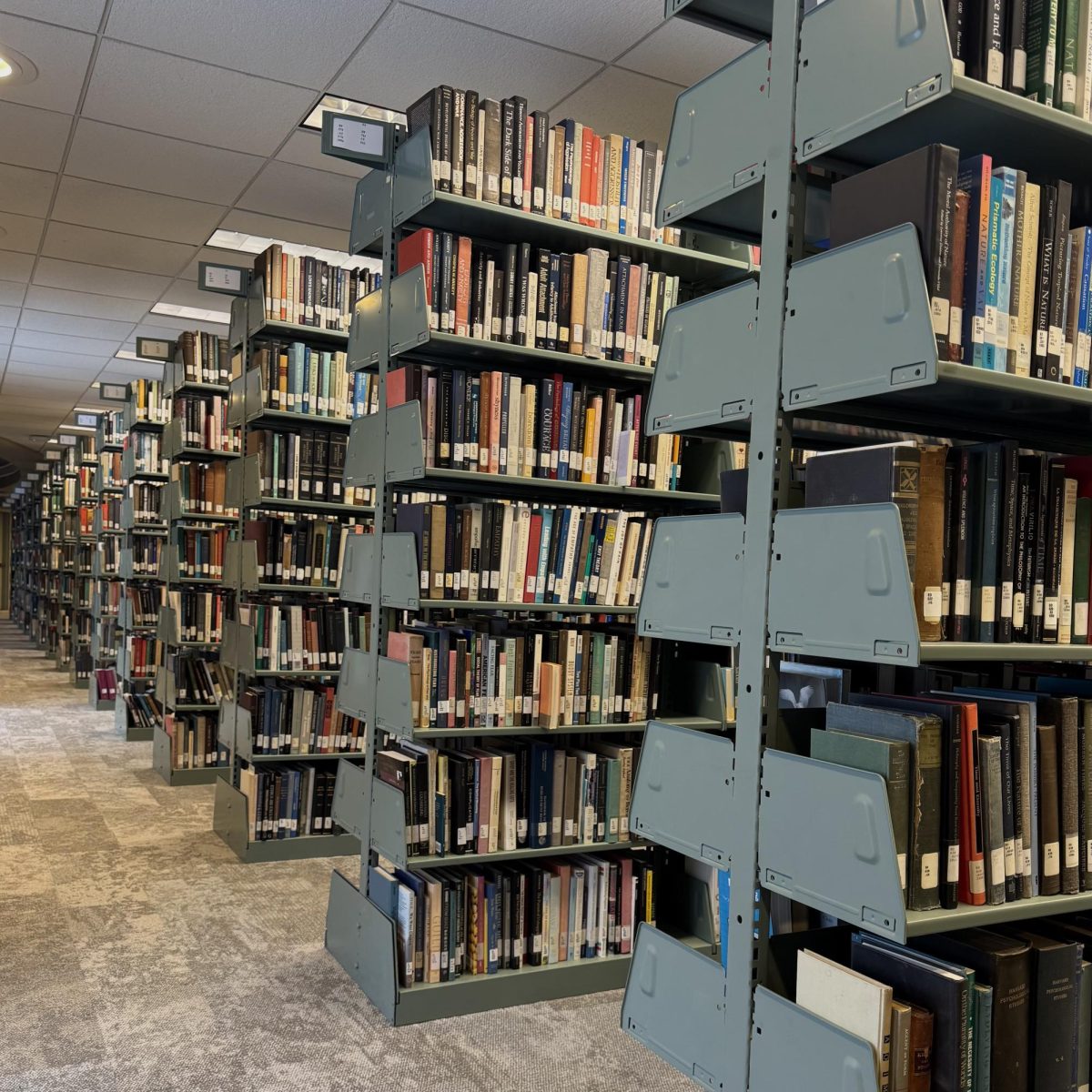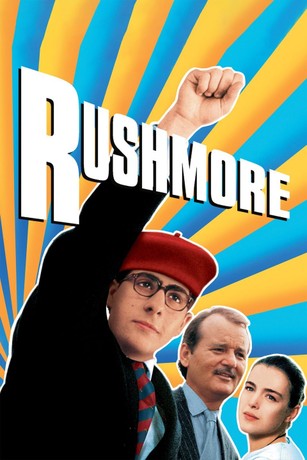The digital world has taken over, and we continue to encourage our phones to expand their leverage over our lives. Watches constantly vibrate to declare breaking news, phones light up with the newest drama, and the television is on the news station 24 hours a day in our parents’ house. Where is this break from digital media? It’s closer than we expect, and something we’ve been practicing since the 17th Century: Printed newspapers.
With much hope to retaliate against the overconsumption of technology, I hope you, the reader, are holding the beautiful bi-weekly print of Concordiensis. In reality, the numbers do not lie that newspapers hold more traction online, so it’s understandable that this article is digitalized. Online media is accessible, easy, and most importantly, a far cheaper option than sending the pages to a local printer.
However, do not fall into the ease of this trap. Life today is not only pre-made for us, yet practically prechewed for easier digestion. Articles now have short summaries at the beginning, making full-length text freightful. Isn’t it a miracle that three sentences can perfectly summarize the newest political event or groundbreaking research for a cure? Then, when one tells the world of their newfound knowledge and a stranger asks a question to further the discussion, there is the common struggle today – an unintellectual stump.
Everyone is brilliant at surface-level news. Few are well-versed. How could society become slightly more well-versed? Read. How can one retain more knowledge? Read physical newspapers.
The physical presence of holding a paper is not only more exciting than reading another piece of media on a technological device, but creates a memorable experience. The engagement of each sense, like the smell of the fresh print, the weight of the paper, rough edges of the folds, all allow the readers to create a personal connection with the articles.
Not only does the physical aspect create a personal connection, but offers an interruption-free environment. The paper will not flash lights, shake, jump, or yell at you when a distant family member comments on a Facebook post. There is no prewritten algorithm. There are no comments to scroll through. Just intimacy between you and the paper.
At the very small school of Union College, printed newspapers are crucial to the student body. Ella Bouvier ’27 exclaims the paper is “A central hub where you can find out everything on campus. I heard about the housing updates from a paper in ISEC… I wouldn’t have known otherwise.”
The updates on your phones and computers are from large companies, not small school publications. Walking by an open paper reveals what truly is happening on campus, being available for each passerby. “I wouldn’t seek that out unless I see a physical paper. The paper is more accessible, especially at a school as small as this,” said Madison Brandy ’27.
Yes, digital media is accessible for all; however, Union is a small campus where it’s hard to avoid the printed version of Concordiensis. In the library, dining halls, Wold, and even the bathroom, the print editions seek out each student and faculty.
Concordiensis Notices Editor, Angelina Martinelli ’28, believes “having the printed newspapers still matters because they legitimize us on campus. A lot of things are going virtual these days, but we shouldn’t fully rely on technology to inform people of who we are. The physical paper establishes us, plus gives aesthetic points towards Union.”
This student-run paper has been printing since 1877. There is something truly special about a college newspaper being around for 148 years and still being pressed. It’s crucial that even in the digitized world of news, keeping alive historic traditions of Union College is a front-running priority.
During times where we rely so heavily on technology, let newspapers be the relief to digitalization.


